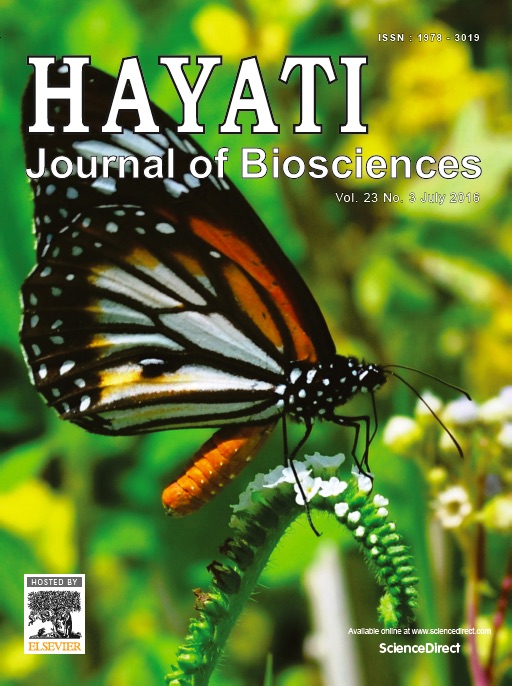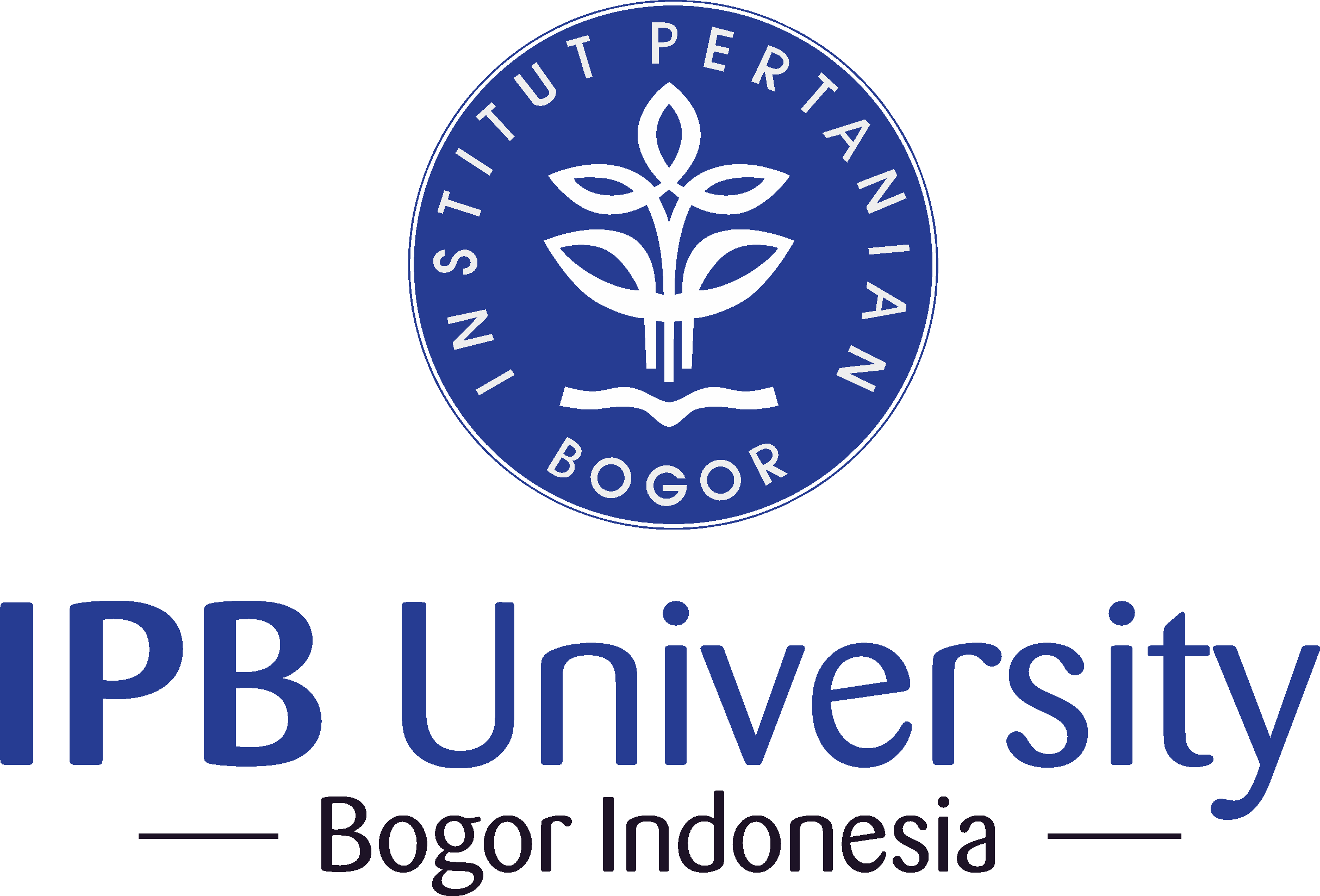Alteration of Leaf Anatomy of Handeuleum (Graptophyllum pictum L. Griff) due to Gamma Irradiation
Abstract
The leaves of the plant handeuleum (Graptophyllum pictum L. Griff) have long been used for traditional medicine in several regions in Indonesia. This study was aimed to determine the effect of gamma irradiation rate on the anatomy and phytochemical content of the leaf. The rates of gamma rays used were 0, 15, 30, 45, 60, 75, 90, and 105 Gy. Our results showed that gamma ray irradiation rate of 30 Gy produced leaves that contain anthocyanins and carotenoids, with the highest number of stomata and stomatal density compared with control plants. Stomatal index was found highest in the leaves with 45 Gy of gamma irradiation. High-rate gamma ray irradiation produced rigid, thick, and frangible leaves. A high rate of gamma irradiation, i.e. 75, 90, and 105 Gy, produces bigger palisade, sponges, and upper epidermis than the control plants, respectively. Our results showed an association between increasing rate of irradiation with alterations in the structure of leaf anatomy and phytochemical content of handeuleum.Downloads
HAYATI J Biosci is an open access journal and the article's license is CC-BY-NC. This license lets others distribute, remix, tweak, and build upon author's work, as long as they credit the original creation. Authors retain copyright and grant the journal/publisher non exclusive publishing rights with the work simultaneously licensed under a https://creativecommons.org/

























.png) IPB University
IPB University Department of Biology
Department of Biology The Indonesian Biological Society
The Indonesian Biological Society 

